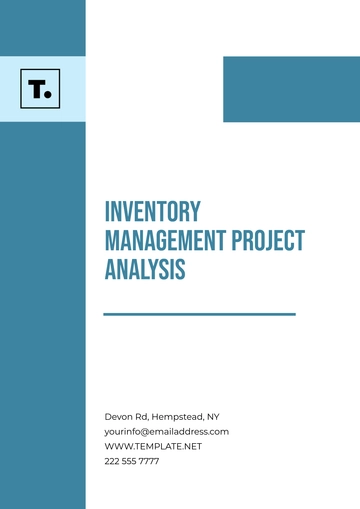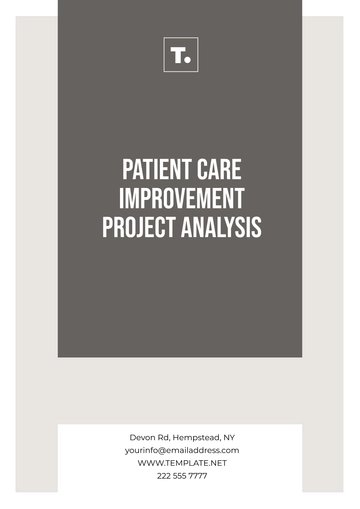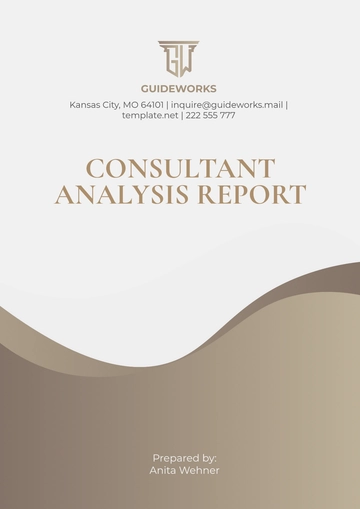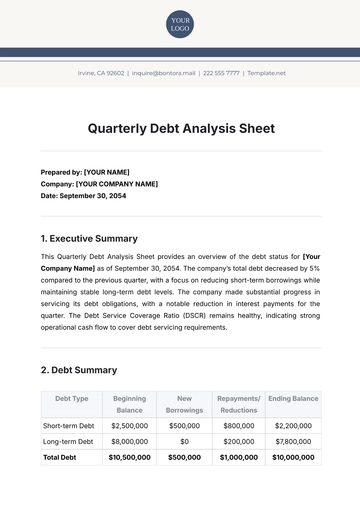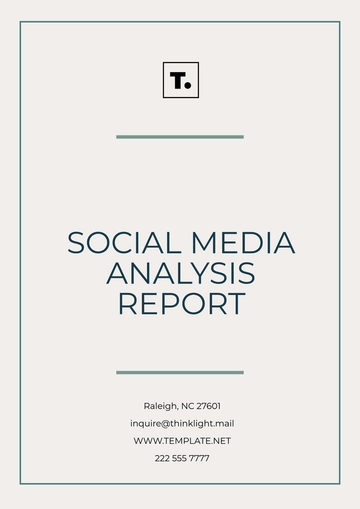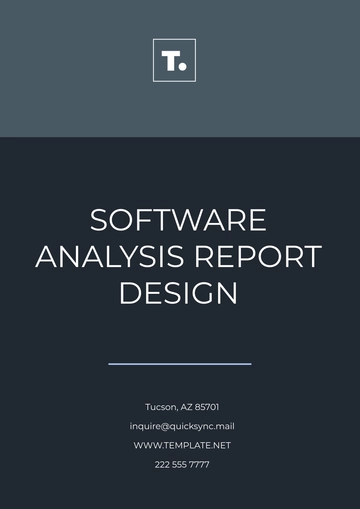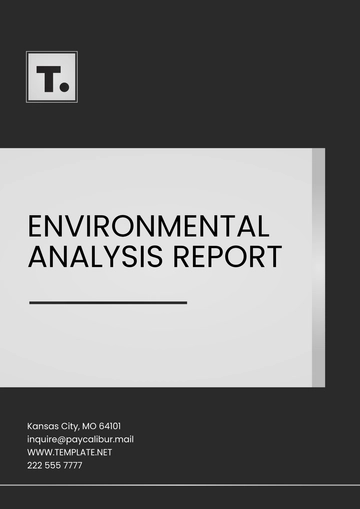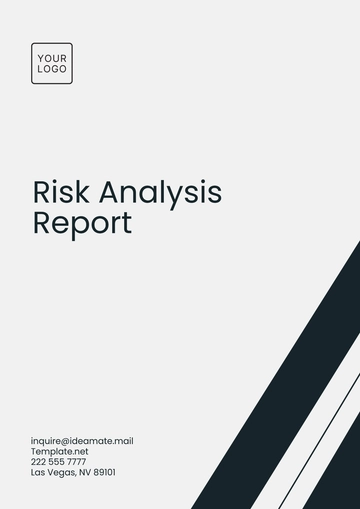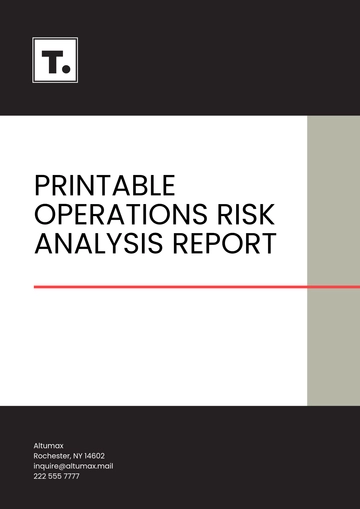Business Impact Analysis
Prepared By : | [Your Name] |
Department : | [Your Department] |
I. Introduction
Overview: In the event of unforeseen events like natural disasters, cyberattacks, or supply chain disruptions, the BIA serves as a roadmap for the organization to maintain continuity and minimize financial losses, reputational damage, and regulatory non-compliance.
II. Business Processes
Key processes:
Process Name | Description |
|---|
Sales | Revenue generation through product sales |
Production | Manufacturing of products |
Customer Service | Addressing customer queries and complaints |
IT Operations | Managing technology infrastructure and systems |
Human Resources | Recruitment, training, and employee relations |
Description: Each process is thoroughly described, outlining its function, workflow, dependencies, and criticality to the organization's mission and objectives. Additionally, it identifies the stakeholders involved in each process.
III. Dependencies
Key dependencies:
Process | Dependencies |
|---|
Sales | Inventory management, customer service |
IT Operations | Network infrastructure, data centers, software applications |
Production | Supply chain, equipment maintenance |
Customer Service | Communication channels, IT support |
IV. Criticality Assessment
Process criticality: The sales process is critical due to its direct impact on revenue generation and customer satisfaction; IT operations are critical for maintaining communication channels, data security, and business continuity.
Impact assessment: Each process's impact on revenue, market share, customer retention, compliance with regulatory requirements (such as GDPR or HIPAA), and contractual obligations is thoroughly evaluated.
V. Recovery Time Objectives (RTO)
VI. Resource Requirements
Recovery resources: Trained personnel for emergency response, backup servers and data centers, redundant communication channels (such as VPNs or cloud-based services), alternate suppliers for critical materials, etc.
VII. Risk Assessment
Potential risks: Natural disasters (earthquakes, hurricanes), technological risks (cyberattacks, system failures), human-related risks (malicious insider threats, workforce disruptions), and external risks (economic downturns, geopolitical events).
Risk analysis: Each identified risk is analyzed based on its likelihood of occurrence and potential impact on business operations, financial stability, regulatory compliance, and brand reputation.
VIII. Mitigation Strategies
Risk mitigation plans: Implementing redundant systems and backup solutions for critical processes, conducting regular security audits and updates to mitigate cybersecurity risks, diversifying the supplier base to reduce dependency on a single source, and cross-training employees to ensure coverage during staffing shortages.
Implementation details: Specific actions, timelines, responsible parties, and resource allocations are outlined for each mitigation strategy. Regular testing and updating of mitigation plans are also emphasized to ensure effectiveness and relevance.
Analysis Templates @ Template.net
